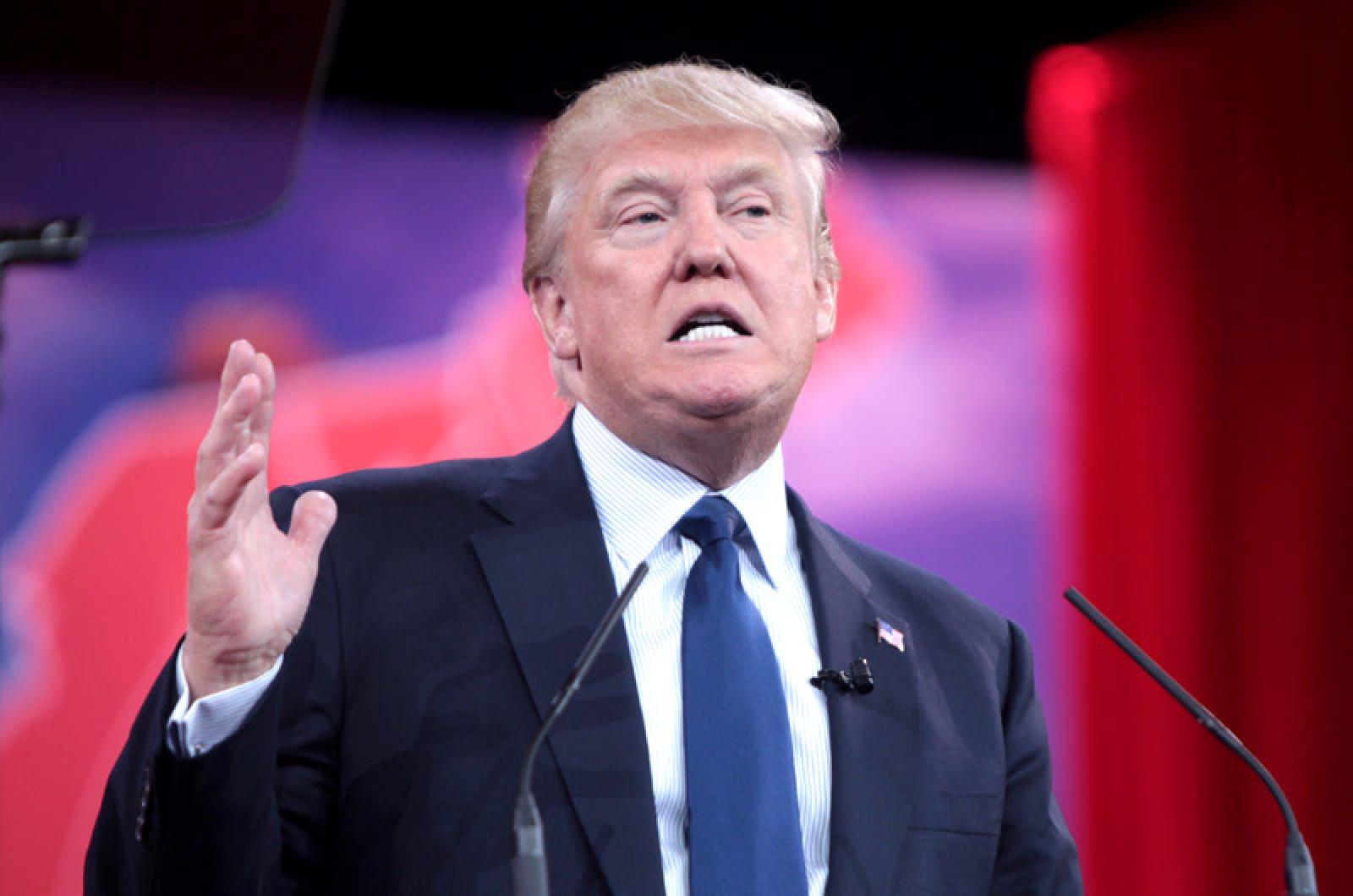An informed citizenry is at the heart of a dynamic democracy — Thomas Jefferson
Hey, Trump supporters: I get it. The sub-five per cent unemployment figure ignores lots of working people who are suffering. The Social Security Administration reports that 51 per cent of the work force makes under $30,000 a year and 40 per cent under $20,000 — this at a time when the poverty level is $28,410. And a survey by the Federal Reserve concluded that 47 per cent of all workers would have to borrow money or sell something to meet a $400 emergency.
Moreover, hardship applies to both middle class and working class Americans. According to the Pew Research Center, the middle class share of aggregated income fell from 62 per cent to 43 per cent between 1970 and 2014. Productivity is up and real wages are down. How bad is that?
Most of you Trump fans are probably white, and it must irk you to know that while many blacks and Hispanics are better off than their parents were, many of you are worse off than yours. No wonder you’re sick of traditional politics; no wonder you back an outsider. David Lebedoff, author of The Uncivil War: How a New Elite is Destroying our Democracy, writes: “If people feel that they are underpaid, or underused, or stuck or sliding backward, then the actual employment rate is much less significant in predicting how people will vote.”
It’s not just how underpaid and underutilized you are. You’ve been patronized and ridiculed for too long. What really gets to me is people saying your jobs are purely physical. Barbara Ehrenreich, the immersion-poverty journalist, writes poignantly in Nickled and Dimed about the intelligence and intuition she needed to work as a waitress and hotel maid. The same is true for waiters and truck drivers.
With the greatest sympathy for you, I still need you to understand what Donald J. Trump would deliver to workers in concrete terms. What jobs and benefits would a Trump administration provide you? Would it be worker-friendly?
Trump connects with voters’ emotions by making bold promises, but he’s always short on details. In his acceptance speech, he never mentioned unions and vaguely referred to trade policies and regulations as job killers. “Trump says he’s going to put coal miners to work,” Danny Jones, the four-term Republican (now unaffiliated) mayor of Charleston, W.V., said on National Public Radio. “No one’s going to put coal miners to work.”
“Massive new factories will come roaring into our country, breathing life and hope into our communities,” Trump said earlier in the campaign, without elaborating. That’s a doubtful premise. I don’t mean to sound dismissive, but the manufacturing train has left the station. This is no longer an auto-driven or steel-driven country. We live in a services economy, and not primarily fast foods or other low-end jobs. Unemployed factory workers need retraining for industries with plausible futures like solar and wind technology; nursing, physical and occupational therapy; other health care positions; and infrastructure development and repair. Yet when I looked under “positions” on the Trump/Pence web page, there was no category for jobs.
Every story I’ve read about inequality and economic distress mentions the decline of unions as a cause. Here’s where there’s a major difference between the candidates. The Democratic Party has traditionally supported organized labor, while the Republican Party has fought it.
You know the drill:
How do you like weekends? Unions got them for you. How about the eight-hour day, the 40-hour week and time-and-a-half for overtime? Brought to you by organized labor. And all the other benefits, plus Social Security and Medicare? Thank the entire labor movement for its continued support.
When unions are strong, workers are better off. When unions are weak, well, check out the state of workers today. Unions won’t solve all our problems — there is no magic potion. Still, it makes sense to ask how friendly Trump would be to unions. Again, facts are important here.
Although he’s praised unions and occasionally employed union labor, Trump and his surrogates opposed unionizing efforts at Trump International Hotel in Las Vegas. When Trump lost, he refused to bargain with his workers and filed an appeal with the National Labor Relations Board. The Donald also used illegal, non-union immigrants to build Trump Tower, worked them 12-hour days, seven days a week, and didn’t pay them overtime or benefits.
Trump says the unions’ rank and filers love him. A plurality of union members outside Cleveland and Pittsburgh whose household incomes are under $75,000 support Trump, according to a survey by Working America. Have they been misled? “We can’t be fooled,” a concerned Richard Trumka, president of the 12.5 million-member AFL-CIO, said at the organization’s annual convention in Philadelphia. “Trump isn’t interested in solving the problems he yells and swears about. He delivers punch lines, but there’s nothing funny about them.”
And it isn’t just union leaders who bring up inconvenient facts. Trump stands accused of intimidating a creditor into accepting a fraction of the invoice he submitted. He’s in court for ripping off up to 5,000 students at the now-defunct Trump University, charging some of them $35,000 without properly training them for the real estate business. He’s left a trail of unpaid bills and bankrupt casinos. Allegations about Trump’s shoddy business practices have appeared in The National Review, a deeply conservative publication.
Trump actually said, “Wages are too high”! Working people, you need to look behind the drama of Trump’s campaign for its details. As John Adams said, facts are stubborn things. And that brings us back to Thomas Jefferson’s insistence on an educated electorate. It’s better to be informed than inflamed.
Jim Kaplan is the Gazette bridge columnist, an author and a contract advisor for the National Writers Union, Local 1981 of the United Auto Workers.




Comments (2)
Comments
Comment policy »